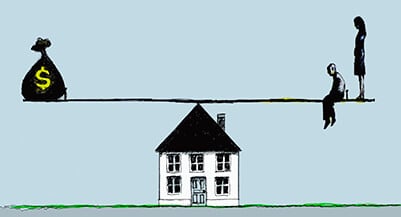Do BoC rates impact you? 10 questions answered
Why you should care about whether or not the Bank of Canada holds rates steady
Advertisement
Why you should care about whether or not the Bank of Canada holds rates steady

Share this article Share on Facebook Share on Twitter Share on Linkedin Share on Reddit Share on Email